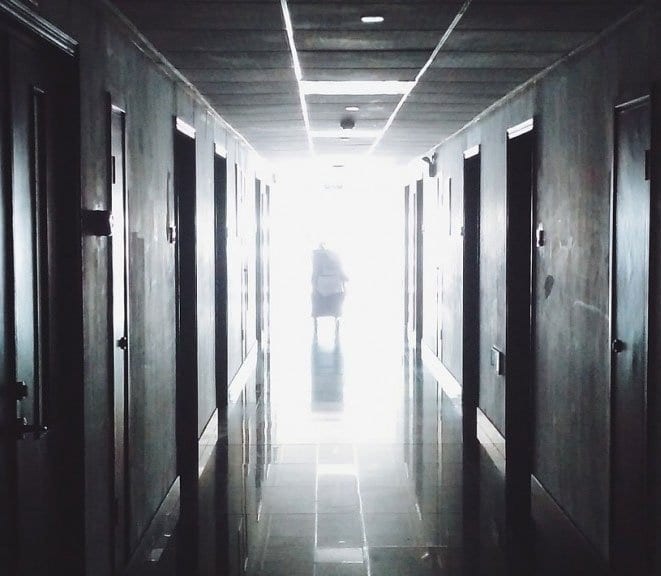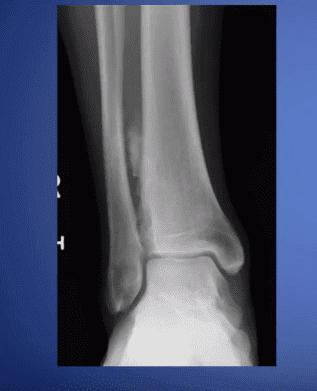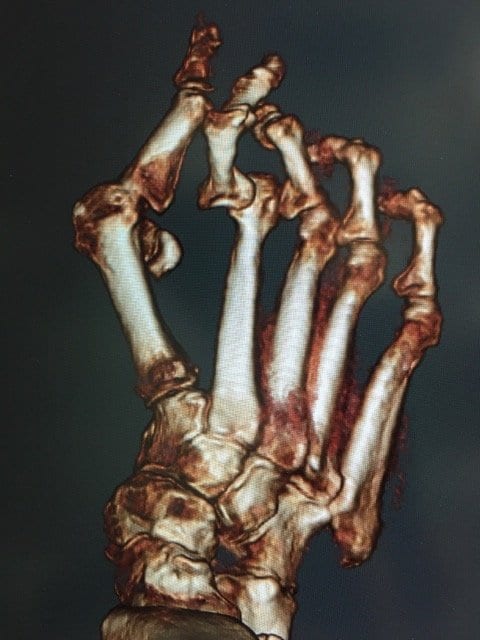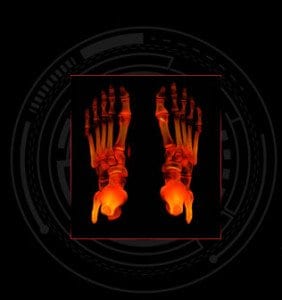pedCAT: Improved Outcomes
pedCAT: Improved Outcomes
The message at RSNA Annual Meeting this past November was clear: new US healthcare laws mean the practice of radiology is no longer about volume, but value.
“We are focusing on quality metrics. It’s becoming important for us to become champions of quality in our institutions,” said Dr. Vijay Rao, MD, in a course at the meeting.
How could a pedCAT add value to your practice?
We might get an idea by looking at a comparable new technology. Breast tomosynthesis mammography provides 3D imaging for breast cancer screening, similar to the way the pedCAT provides 3D imaging for the foot and ankle. Breast tomosynthesis technology can detect breast cancers earlier than traditional 2D mammography, and can more accurately pinpoint the size, shape and location of abnormalities, according to the Massachusetts General Hospital Imaging Department.
Dr. Liane Philpotts, professor of diagnostic radiology at the Yale School of Medicine, called tomosynthesis a “game changer” and a “win-win.”
In the same way, the pedCAT eliminates variability, helps lead to better diagnoses, and makes both you and your patients more confident that treatment will result in better outcomes.
Dr. Erik Nilssen, MD, said the pedCAT helps him determine exactly when to allow patients to ambulate, “based on our ability to monitor fracture healing and fusion rates.”
Also, pedCAT scans can take the guesswork out of hindfoot alignment, said Dr. Martin O’Malley, MD, because they allow for reproducible measurements.
“We’ve never had a reproducible measurement,” until now, he said.
To see an example of a pedCAT scan that led to a more accurate diagnosis, click on the blog post title.
pedCAT: Easy to Incorporate into Your Medical Facility
pedCAT: What’s the Dose?
At CurveBeam, patient safety is the top priority. When it comes to CT imaging, it’s important to know the radiation dose a patient can expect during the procedure.
So what is the radiation dose of a typical weight bearing CT scan taken with the pedCAT? But before we get to that, here’s a little quiz.
Can you rank the below items from greatest to least in terms of radiation exposure?
– A pedCAT scan of both feet
– A serving of Brazil nuts
– A roundtrip flight from New York to Tokyo
– An X-Ray of the chest
– Working in an Australian Uranium mine for a year
(Click the blog post title to see the answer.)
It’s Time to Embrace New Technology
Made in the USA
Welcome to the CurveBeam Blog!
Welcome to the CurveBeam Blog! It’s an exciting time at CurveBeam. Almost two years ago we received FDA-approval for our first product, the pedCAT. The in-office 3D weight bearing imaging system for the foot and ankle has been integrated into orthopedic…









